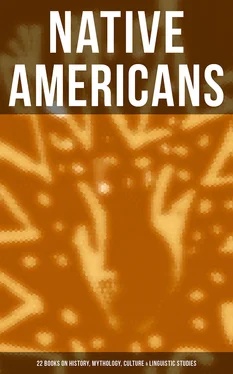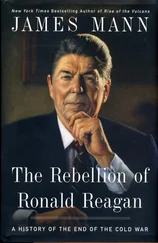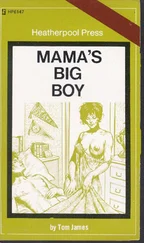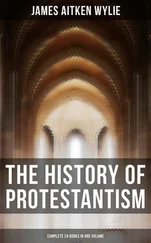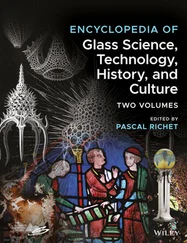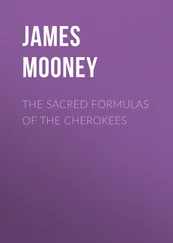Of game foods the Apache has deer, antelope, and wild turkey, with quail, some water fowl, smaller birds, rabbits, and wood-rats. Fish and bear meat are strictly tabooed.
The graphic art of the Apache finds expression chiefly in ceremonial paintings on deerskin, and in basketry. Only rarely have they made pottery, their roving life requiring utensils of greater stability. Such earthenware as they did make was practically the same as that of the Navaho, mostly in the form of small cooking vessels. Usually the pictures are painted on the entire deerskin, but sometimes the skin is cut square, and at others ceremonial deerskin shirts are symbolically painted. Occasionally the Apache attempts to picture the myth characters literally; at other times only a symbolic representation of the character is made. In addition to the mythic personages, certain symbols are employed to represent the incident of the myth. These paintings are made under the instruction of a medicine-man and are a part of the medicine paraphernalia. On some skins the most sacred characters in Apache mythology are represented symbolically—Nayé̆nĕzganĭ, the War God; Tubadzĭschí̆nĭ, his younger brother; Kútĕrastan, the Creator of All; Stĕnátlĭhăn, the chief goddess. In fact the symbolism on an elaborately painted deerskin may cover every phase of Apache cosmology.
In their basketry the Apache women display great taste in form, and in their more superior work employ much symbolic decoration. Since the beginning of the present "messiah craze" all baskets display the sacred symbols believed to have been revealed to Das Lan by Chuganaái Skhĭn—a combination of the cross and the crescent. There are many baskets, made before this new religious wave swept over the tribe, into which the symbolism has since been woven.
The basket most used is the tú̆tza, or burden basket, roughly and loosely woven, ornamented with circular lines as often painted on as woven in. Previous to a messiah craze, which had its origin with the Apache about 1901, the designs in these baskets were purely decorative, without attempt at symbolism; but now, by order of a crafty old medicine-man, every tú̆tza must display the combined cross and crescent.
The tus is a water bottle, made invariably of withes of the aromatic sumac, loosely woven, and coated inside and out with piñon gum. To use material other than sumac would be considered very bad. In the Apache deluge myth the people, instructed by Stĕnátlĭhăn, built a monster tus of piñon branches in which they floated away.
The tsa-naskú̆dĭ is a bowl or tray-shaped basket of splendid form, with symbolic decoration of intricate pattern.
The most pretentious basket is the tus-naskú̆dĭ, in general form like the tus, but much larger; it is used for the storage of grain. Its lines are most beautiful, as are also its inwoven symbolic designs.
Owing to the extremely secretive nature of the Apache, it is difficult for the casual student to learn anything of the relations between their mythology and the designs used in their basketry. Questioned, they will perhaps say, "We don't know," or "To make it look pretty." But an intelligent and trustworthy interpreter will tell you, "That woman knows, but she will not tell." A law of the cult brought about by the recent messiah religion is that every woman must have in readiness for use during the migration to the future world a tus, a tú̆tza, a tsa-naskú̆dĭ, and a gourd drinking-cup, all decorated with the cross and crescent. These are not used and are carefully preserved.
The clan and gentile systems of the American Indians have been the bulwark of their social structure, for by preventing intermarriage within the clan or the gens the blood was kept at its best. Added to this were the hardships of the Indian life, which resulted in the survival only of the fittest and provided the foundation for a sturdy people. But with advancing civilization one foresees the inevitable disintegration of their tribal laws, and a consequent weakening of the entire social structure, for the Indians seem to have absorbed all the evil, and to have embodied little of the good, that civilized life teaches.

The Covered Pit - Apache
The Coyoteros are divided into five bands, each consisting of a number of clans, although in one band there are now survivors of a single clan only, while in others as many as seven or eight clans are still to be found. Descent among the Apache generally is reckoned through the mother; that is, the children belong to their mother's clan. An exception to this rule is said by "Peaches," an old Apache scout under Crook, to exist among the Chiricahua, where the children take the gens of the father. Among the Apache some of the younger generation are inclined to disregard tribal laws respecting marriage, but in former times they were rigidly enforced, marriage within the clan or the gens being regarded as incestuous. When asked what would happen if a man and a woman belonging to the same clan should marry, one old man answered that both would be quickly put to death.
In the Appendix are given the clan names of the Coyoteros, also of the Arivaipa and the Chiricahua. Geronimo, Chato, and Cochise were members of the Aiahán, People of the East, clan. Most of the clan names are derived from localities in which the ancestors of the clan are supposed to have first lived.
With the Apache, as with other tribes, the clan organization has an important bearing on property right. Regardless of what property either spouse may hold or own at the time of marriage, the other immediately becomes possessed of his or her moiety. Should the wife die, her husband retains possession of the property held in common so long as he does not remarry, but what might be termed the legal ownership of the wife's half interest becomes vested in her clan. Should he attempt to dissipate the property the members of the deceased wife's clan would at once interfere. If the widower wishes to marry again and the woman of his choice belongs to the clan of his former wife, then he and the new wife become owners in common of all personal property held by him; but if the second wife belongs to a different clan from that of the former wife, then the husband must make actual transfer of half of the common property to the clanspeople of the deceased woman, who inherited the legal interest in it at their relative's death. The same tribal law applies in the case of a widow.
Much internal strife naturally results whenever an actual distribution of property is made. In the first place the surviving spouse unwillingly relinquishes the moiety of the property to the relatives of the deceased, and the immediate relatives often disagree with the remainder of the clan. In former times death of one or more members of contending clans often resulted when the division of much property was made. Having no tribunal for making an equitable division, the matter was left to mutual agreement, resulting in disputes and frequently murder.
With the breaking up of the clans, together with the rapid disintegration of ancient customs and laws, this property law is fast becoming forgotten; but so recently as 1906 such disputes as those mentioned occurred under both the Fort Apache and San Carlos agencies, creating no little ill-feeling. In one instance a man refused to deliver possession of half of his little herd of horses to his deceased wife's clanspeople when contemplating marriage with another woman, and appealed to the missionaries for aid. He was compelled to make the division, however, before he could remarry.
Mythology - Creation Myth
Table of Contents
Читать дальше
